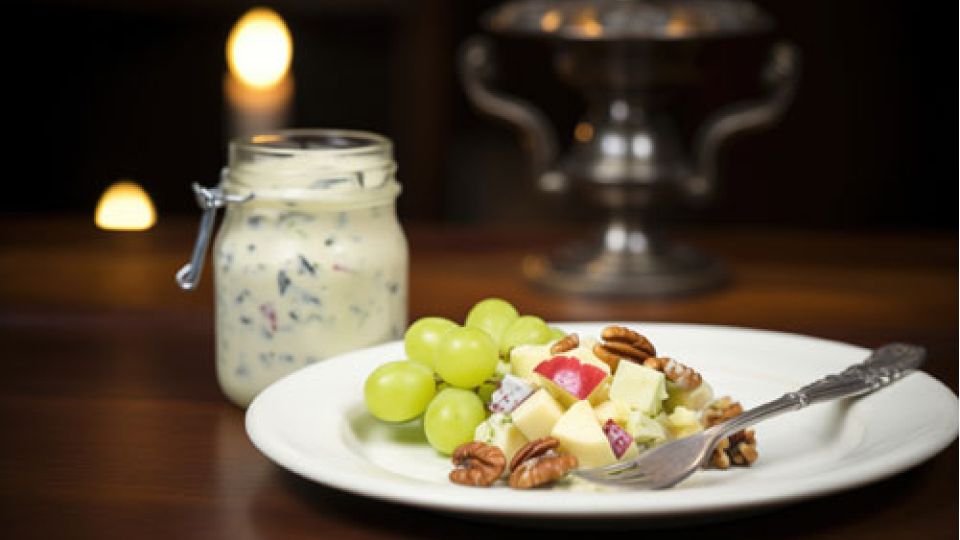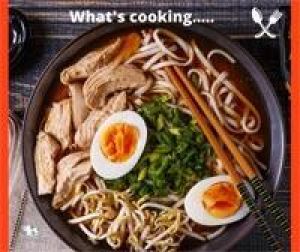- Home
- Travel news
- MICE business
- Country news
- Abu Dhabi
- Argentina
- Armenia
- Austria
- Azerbaijan
- Australia
- Bali
- Baltic
- Belgium
- Bolivia
- Botswana
- Brazil
- Budapest
- Cambodia
- Canada
- China
- Chile
- Colombia
- Costa Rica
- Croatia
- Cyprus
- Czech Republic
- Dubai
- Ecuador
- Egypt
- Finland
- France
- Germany
- Greece
- Hong Kong
- Iceland travel news
- India
- Ireland
- Israel
- Italy
- Japan
- Jordan
- Kazakhstan
- Kenya
- Lebanon
- Malaysia
- Malta
- Mauritius
- Mexico
- Montenegro
- Morocco
- Namibia
- Netherlands
- New Zealand
- Oman
- Panama
- Peru
- Poland
- Portugal
- Russia
- Qatar
- Saudi Arabia
- Scandinavia
- Scotland
- Senegal
- Serbia
- Singapore
- Slovenia
- South Africa
- Travel news South Korea
- Spain
- Switzerland
- Travel news Tanzania and Zanzibar
- Thailand
- Tunisia
- Turkey
- Ukraine
- United Kingdom
- USA
- Uzbekistan
- Vietnam
- West Africa
- Zambia and Zimbabwe
- Useful links
- Sports events calendar
- Contact/contribute

Ramen Festival in Tokyo
What’s cooking in Tokyo? Well, Tokyo’s largest ramen event arrives in late October to early November for almost 10 days.
Almost 40 vendors from around Japan will be serving up their unique regional varieties. Only the greatest Ramen shops are qualified to serve their proud Ramen bowls at this event and visitors are sure to find a style that suits them.
Take your pick of the many shyoyu (Japanese soy sauce), tonkotsu (based pork bones), and shio (salt) bowls available – each one is available from 880 JPY. Ramen fans who do not have time to visit their favorites around Japan won’t want to miss this event out.
Ramen Festival in Tokyo
It’s what it says on the bowl — lots and lots of ramen. Entry to the event at Komazawa Olympic Park is free, but tickets that are exchanged for a bowl of ramen cost R123.05 * each. If you’ve ever wondered about all the different styles from around Japan, this is your chance to try them out.
What ingredients should I put in my ramen? Top off your ramen with lots of fun goodies to give your bowl flavor, color, and texture. Here are some fun ideas: sriracha, kimchi, sesame seeds, crumbled bacon, nori (dried seaweed), fresh herbs (cilantro, Thai basil, chives), a drizzle of toasted sesame oil, crushed chiles, furikake, or a wedge of lime.
What are the different styles of Ramen?
If you’ve ever had the privilege of slurping up real-deal Ramen, then you’ve been exposed to the various types. The menus are always full of options and the differences in tastes and broth-textures are notable. When you decide to make your homemade Ramen bowls, you might want to check out different varieties for some inspiration! Here are some of the most popular types:
Shoyu
This is the most common style of Ramen. Shoyu is the Japanese word for soy sauce, and that’s exactly what’s simmered into the base of this broth. The result is a light-bodied broth that is brown and clear, unlike the more milky and opaque tonkatsu broth. Intrigued? Check out my recipe for Spicy Shoyu Ramen.
Shio
Another light broth—in both body and flavor—is shio, which means salt. This simple broth is golden in color and is made up of chicken or fish bones.
Miso
If you’ve had miso soup, then you’re familiar with this cloudy and complex broth. Made with fermented soy bean paste, miso can be white or red in color. The broth is packed with umami and feels thicker on the palate than the lighter broths used for shio or shoyu broths. If this sounds good to you, check out my Miso Ramen.
What is Ramen?
You’ve certainly heard people joke about Ramen being a food staple for broke college students. But today, Ramen joints are popping up in Western cities everywhere, attracting even the haughtiest of food snobs. So, what the heck is it—a meal for cheapskates or nosh for the posh? Both, really.
Traditionally, Ramen is a Japanese noodle soup made with a rich-flavored broth, then topped with an assortment of meats, vegetables, and a soft-boiled egg. In Japan, Ramen is dubbed a fast food and it’s made available in tiny restaurants and late-night street carts.
But no matter where you’re slurping your Ramen, whether it be in a shoddy college dorm or that chic new Ramen bar in town, comfort is the name of the game with this coveted soup.
If you’ve never tried Ramen here’s your chance – travel to Japan

More about our Facebook Group

Private Facebook group
for the travel industry
Travel Talks Platform Group
5.8k members
Travel Talks Platform for the travel industry
Follow the travel news – Traveltalksplatform is the number 1 news site to stay updated on amazing travel facts, the latest news, events, incentive ideas, MICE news, job opportunities and shows.
Specially composed for the travel industry, you will find the latest travel facts at your fingertips.

The latest airline news, hotel news, cruise news and MICE news in your inbox:
Stay updated about
the latest travel news worldwide
Copyright © 2021 e-motions international
disclaimer:
We assume no responsibility or liability for any errors or omissions in the content of this site. The information contained in this site is provided on an "as is" basis with no guarantees of completeness, accuracy, usefulness or timeliness.










